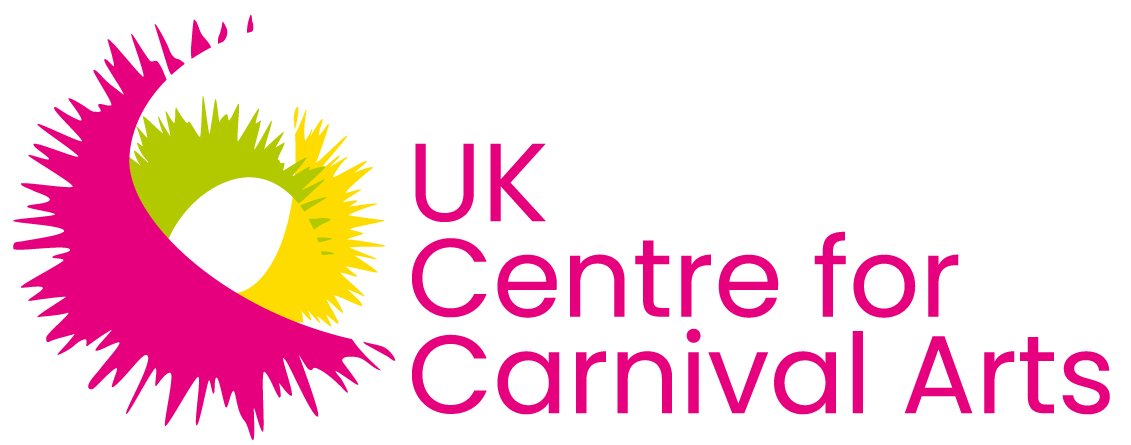6 British Easter Traditions
Photo by Annie Spratt on Unsplash
Easter egg hunts
First of all, an easter egg is a hollow, egg-shaped chocolate treat. Children (and adults!) all over the country look forward to their baskets of Easter eggs, which they receive on Easter Sunday.
Children are told that the eggs are delivered by the Easter Bunny.
Yes, that’s right – a rabbit.
The story of the Easter Bunny comes, originally, from German folk stories. The rabbit lays the eggs and delivers them to the children if they have been good over the Easter period.
Easter Egg hunts often take place on Easter morning, if the weather is good. Adults hide small Easter eggs in the garden, house, or village and the children must follow clues in order to find them. Usually, there are enough Easter eggs for all the children to enjoy.
Photo by Jasmine Waheed on Unsplash
Hot Cross Buns
Hot cross buns are another delicious tradition in UK. These raisin filled buns are toasted, lathered in butter and before being enjoyed with a nice cup of tea. The crosses symbolise the Christian belief that Jesus died on the cross for their sins.
Egg painting
Eggs, as you may by now have guessed, are a big part of Easter in Britain. They symbolise new life and represent the rebirth of Jesus.
Before we had chocolate eggs, children would often decorate real eggs to mark the occasion. A lot of children still enjoy doing this, but the chocolate eggs are far more popular of course!
If eggs and bunnies sound like strange symbols, it’s because Christianity probably appropriated them from older, paganistic religions, but no-one knows for sure. Rabbits often represent fertility and eggs are said to symbolise new life in spring.
Photo by Michal Balog on Unsplash
Maypole Dancing
Maypole dancing is another Easter time tradition in Britain – and in other parts of the world too. Dancers hold on to colourful ribbons which are attached the the top of a large pole and dance in patterns, often to live music played by the village band.
The tradition certainly comes from our pre-Christian heritage but has been a big part of the celebrations at Easter times for centuries.
Nutters dance
Not only is this tradition unique to the UK, but it is unique to a particular village in the UK. The dance troupe is called the Britannia Coco-nut Dancers, or the “Nutters” for short. These dancers perform their show during Easter in a village called Bacup in Lancaster, England.
They dance for 11 km through the village and drink a pint of beer in every pub they stop at along the way. The eight dancers dress very strangely, with clogs (wooden shoes), a red and white skirt, black trousers and shirts. They also paint their faces black, which some people don’t like very much, as they say it is racist. However, the dancers say it’s simply a type of mask and is not intended to represent a race.
Morris Dancing
If you see a man dressed in white, with bells on his trousers and a stick or handkerchief in his hand, don’t be scared. He’s a Morris Dancer.
Morris Dancing often takes place during Easter parades or village fairs. It’s a type of English folk dancing, and quite a strange thing to watch. The dance troupes are traditionally all-male, but there are now also female groups too. They practice their craft at other times of year too, but their first shows usually take place in spring, when the weather is warming up a bit.



